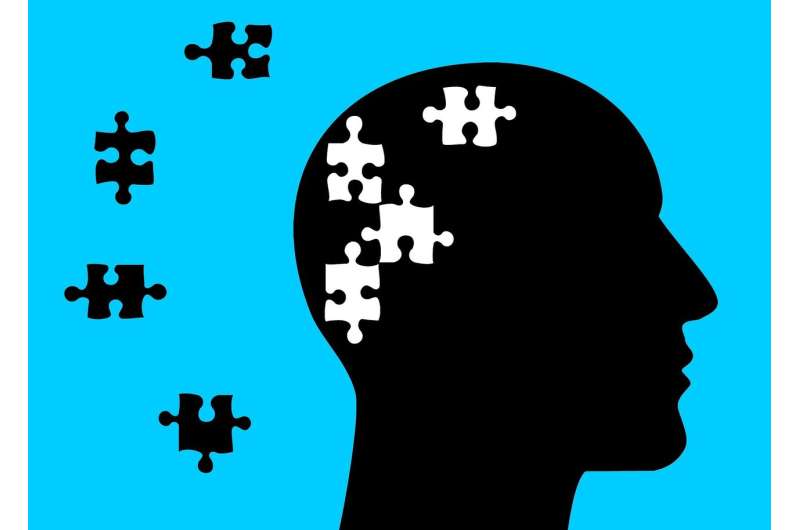Innovative Vagus Nerve Stimulation Shows Promise in Long-Term Treatment of PTSD

Recent clinical research conducted by scientists at the University of Texas at Dallas and Baylor University Medical Center has demonstrated the potential of vagus nerve stimulation (VNS) as a long-lasting therapy for individuals with treatment-resistant post-traumatic stress disorder (PTSD). In this pioneering study, nine patients underwent conventional exposure therapy paired with a novel miniaturized VNS device. Remarkably, all participants were free of PTSD symptoms up to six months after completing the treatment, with no relapse observed during the follow-up period.
This Phase 1 trial is the largest of its kind to utilize an implanted nerve stimulator for PTSD, and its results are highly encouraging. Dr. Michael Kilgard from UT Dallas emphasized the significance of these findings, noting that traditional therapies rarely lead to complete and sustained remission. The study found that the combination of exposure therapy with targeted nerve stimulation not only enhances the effectiveness of treatment but also maintains benefits over time.
The VNS system used in the study includes a small implant placed on the left cervical vagus nerve, connected to a wireless external module that provides stimulation during therapy sessions. The device is about the size of a dime and was designed to be less invasive and more affordable than previous models. Researchers highlight that the technology allows for more precise and controlled stimulation, which can be triggered during therapy to reinforce neural rewiring in the brain areas associated with trauma.
The research builds on years of work by the TxBDC team, which has previously demonstrated the ability of VNS to accelerate neuroplasticity—brain rewiring—particularly when paired with physical rehabilitation or other therapies. Notably, the device used is compatible with MRI and ultrasound scans, making it suitable for broader clinical application.
PTSD affects approximately 5% of adults in the U.S. annually, with women being twice as likely to develop the disorder. Many individuals do not respond well to existing treatments, face adverse side effects, or experience relapse, underscoring the need for innovative solutions. Dr. Powers from BSWRI expressed optimism that VNS could become a valuable addition to the current PTSD treatment landscape, especially for those who do not benefit from traditional approaches.
The ongoing Phase 2 double-blind, placebo-controlled trial aims to further validate these findings and move toward potential FDA approval. The collaborative effort exemplifies multidisciplinary teamwork, with clinicians and engineers working together to refine and expand this promising therapeutic option. As research progresses, VNS could offer hope to countless PTSD patients who currently have limited effective treatment options.
Stay Updated with Mia's Feed
Get the latest health & wellness insights delivered straight to your inbox.
Related Articles
Optimal Spacing Intervals Enhance Long-Term Memory Retention
Discover how spaced repetition and strategic review intervals significantly boost long-term memory retention and effective learning strategies.
Extended Walking Duration Associated with Reduced Risk of Chronic Low Back Pain
Extending daily walking duration beyond 100 minutes may significantly lower the risk of developing chronic low back pain, according to recent research. Incorporate more walking into your routine for better spine health.
Innovative Rapid Kidney Test Under Development for Early Detection and Monitoring
A new rapid blood test is being developed to detect kidney injury earlier and enable timely treatment, reducing the risk of progression to chronic kidney disease.
Rise in Use of Free Contraception Leads to More B.C. Women Choosing Effective Birth Control Options
British Columbia saw a 49% increase in long-acting reversible contraception use after making prescription birth control free, reducing barriers and promoting reproductive autonomy.



